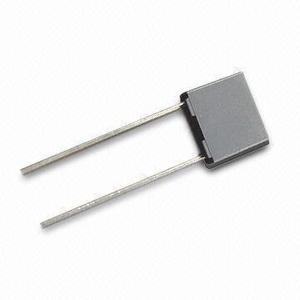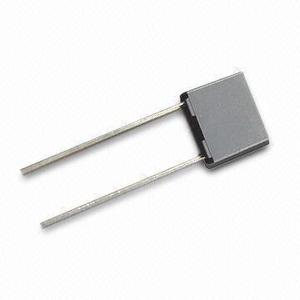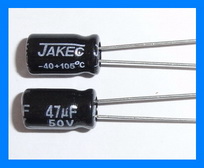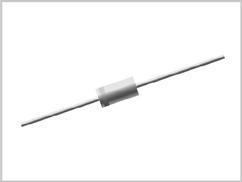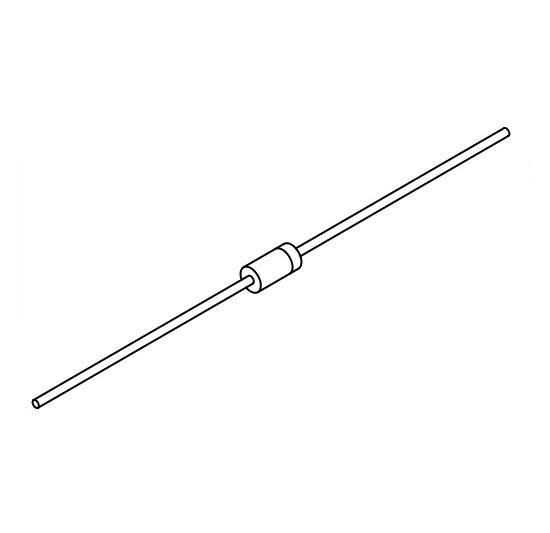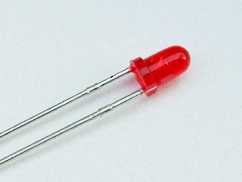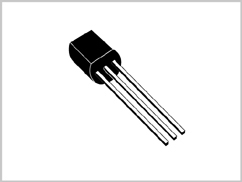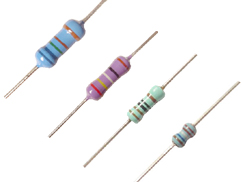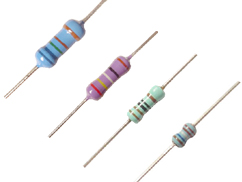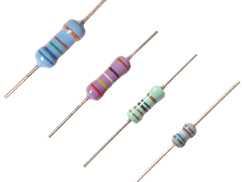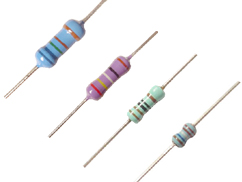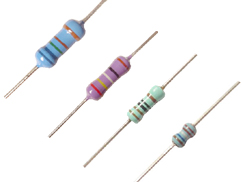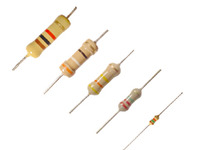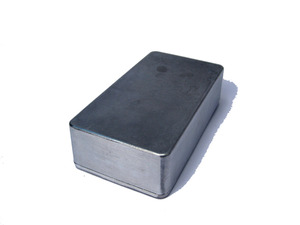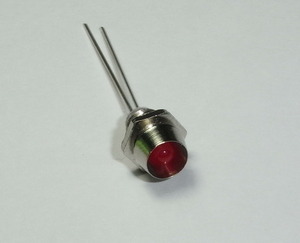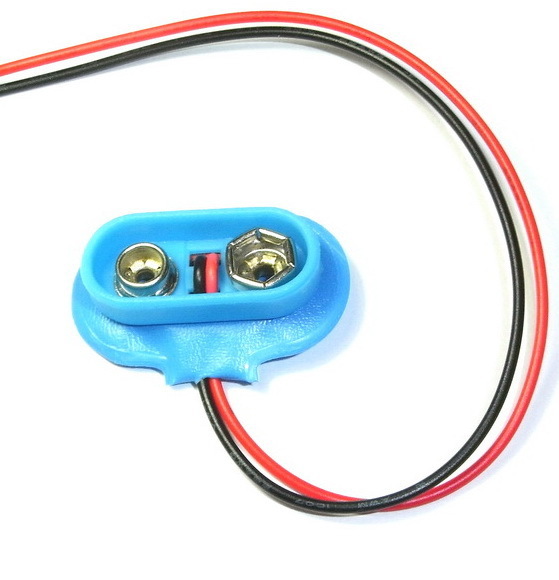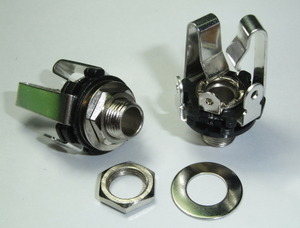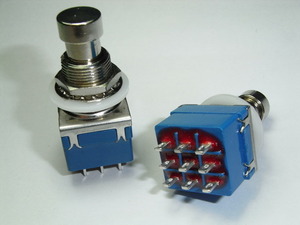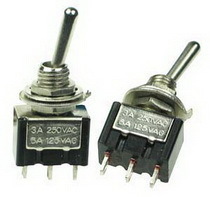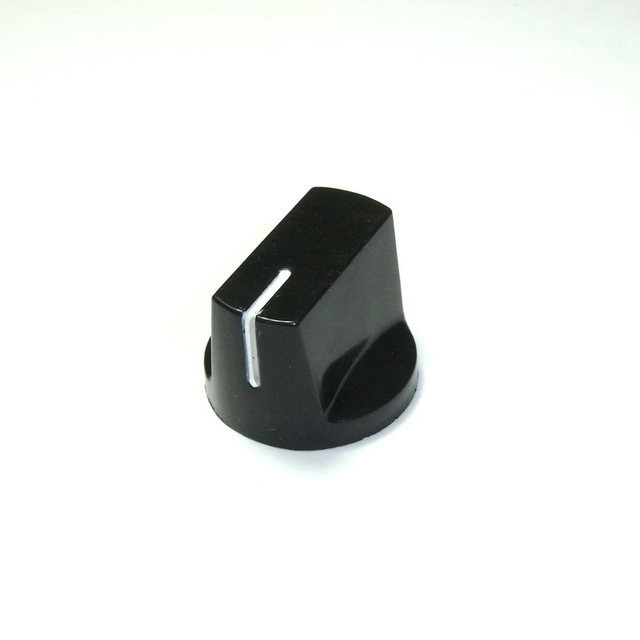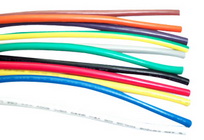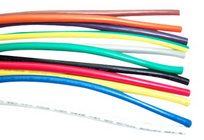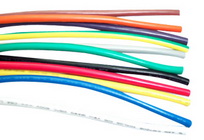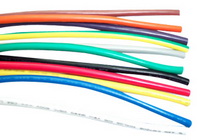Les Lius
The Les Lius emulates the sound of vintage Fender amplifiers. The toggle switch allows you to select between three distortion tones. In addition, a second footswitch is used to boost the gain, emulating the sound of the amplifier when it is cranked.Steps
Categories
Status: Active
Designators and components Step 2 of 5
PCB DESIGNATORS
PCB
PCB LES LIUS PCB
Resistors
R1 1M 1M OHM 1/4W 1% METAL FILM RESISTOR
R2 3.3M 3.3M OHM 1/4W 1% METAL FILM RESISTOR
R3 Not mounted
R4 3.3k 3.3K OHM 1/4W 1% METAL FILM RESISTOR
R5 330 330 OHM 1/4W 1% METAL FILM RESISTOR
R6 1k 1K OHM 1/4W 1% METAL FILM RESISTOR
R7 Not mounted
R8 Jumper
R9 Not mounted
Capacitors
C1 47n 47NF 100V 5% POLYESTER FILM BOX TYPE CAPACITOR
C2 47u 47UF 25V ELECTROLYTIC CAPACITOR 5X11MM
C3 100n 100NF 100V 5% POLYESTER FILM BOX TYPE CAPACITOR
C4 47u 47UF 25V ELECTROLYTIC CAPACITOR 5X11MM
C5 100n 100NF 100V 5% POLYESTER FILM BOX TYPE CAPACITOR
Transistors
Q1 2N5088 2N5088 GERENAL PURPOSE TRANSISTOR
Diodes
D1 1N914 1N914 SMALL SIGNAL DIODE 200MA 100V
D2 1N914 1N914 SMALL SIGNAL DIODE 200MA 100V
D3 BAT46 BAT46 SCHOTTKY BARRIER DIODE
D4 BAT46 BAT46 SCHOTTKY BARRIER DIODE
D5 BAT46 BAT46 SCHOTTKY BARRIER DIODE
D6 Not mounted
Switches
S1 Footswitch
S2 SPDT ON/OFF/ON MINI TOGGLE SWITCH ON-OFF-ON
Potentiometers
VOL 100k-B 100K OHM LINEAR TAPER POTENTIOMETER
GAIN 1k-B 1K OHM LINEAR TAPER POTENTIOMETER
PCB
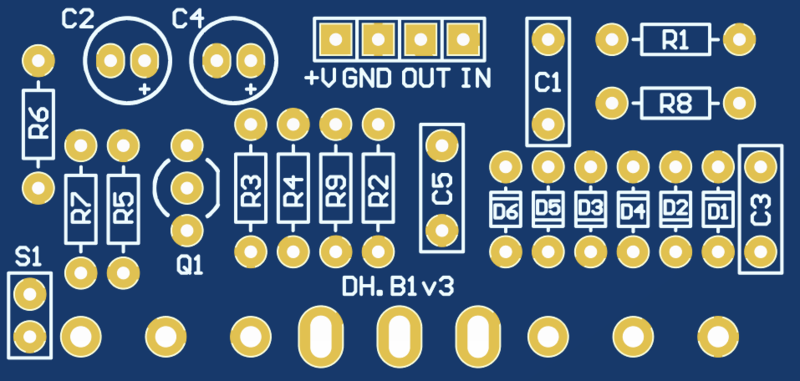
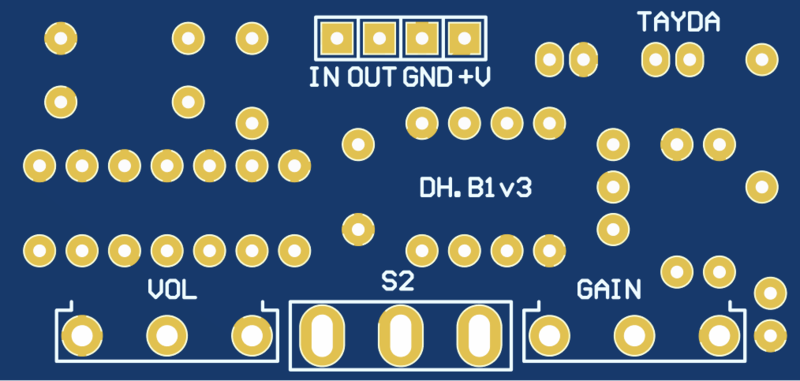
PCB SCHEMATIC
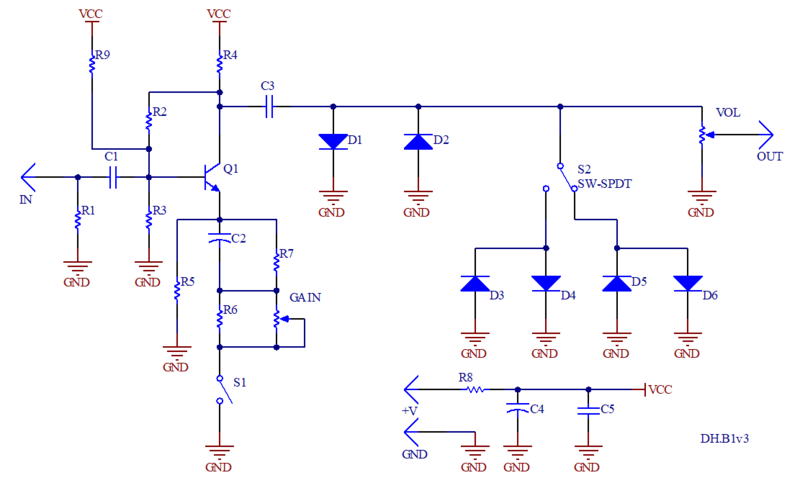
MODIFICATIONS
Replacing the diodes allows you to explore a range of distortion tones: germanium diodes (1N60, 1N270, or 1N34A) produce a softer, smoother distortion. Silicon diodes (1N914 or 1N4148) deliver a harder, more aggressive tone. LEDs create a fuzzier, crunchier sound. You can also experiment with different combinations, either symmetric or asymmetric clipping.
GENERAL DESCRIPTION OF COMPONENTS
Resistors
Resistors don't have polarity, so you can place them in any direction. Determine their resistance value by using a multimeter or by reading the color bands.

Electrolytic capacitors
Electrolytic capacitors have their value and maximum voltage rating printed on the body. The negative pin is indicated by a white stripe along the can, and it also has a shorter leg. The longer leg is positive. Never exceed the maximum voltage rating. Ensure the capacitor's voltage rating is at least double that of your power supply (e.g., use an 18V capacitor for a 9V power supply).
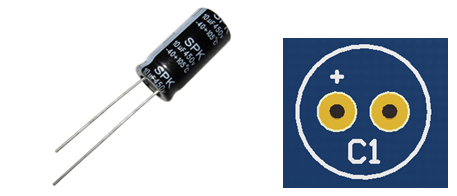
Polyester capacitors
Polyester capacitors don't have polarity and can be placed in any direction. Their value is marked using a three-number code. The first two numbers represent the first and second digits of the value, and the third number is the multiplier code (read in picofarads, pF).

Ceramic capacitors
Ceramic capacitors don't have polarity and can be placed in any direction. Their value is marked using a three-number code. The first two numbers represent the first and second digits of the value, and the third number is the multiplier code (read in picofarads, pF).
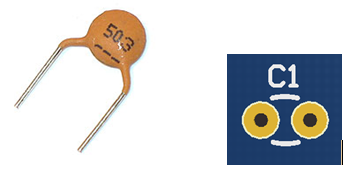
Diodes
Diodes have their model number printed on them. The polarity (cathode) is indicated by a stripe or ring near one end. This ring corresponds to the polarity marking on the PCB.
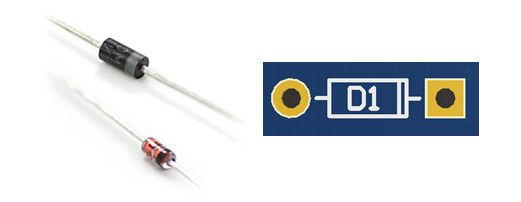
Led diodes
LEDs (Light Emitting Diodes) have polarity. The cathode is indicated by a flat edge on the side of the LED's plastic casing and a shorter leg. The longer leg is the anode. On the PCB, the cathode is marked with a flat side and the anode with a round side.

Transistors
Transistors are three-terminal components with their model number printed on them. To ensure correct orientation, one side of the transistor's body is flat while the other is curved.
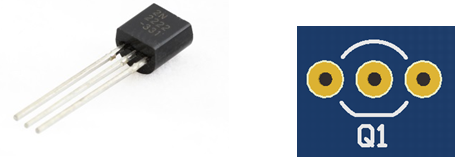
Potentiometers
Potentiometers have their resistance value marked on them. They are also marked with a letter to indicate their taper: A for logarithmic, B for linear, and C for reverse logarithmic.

